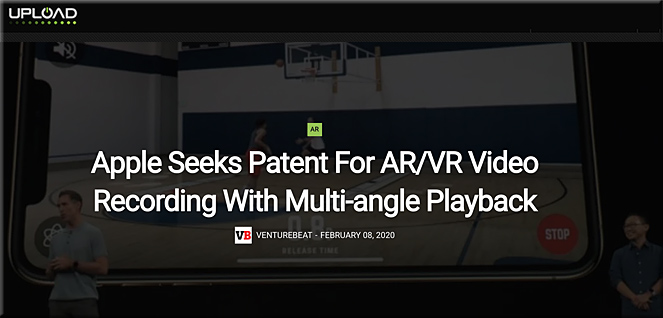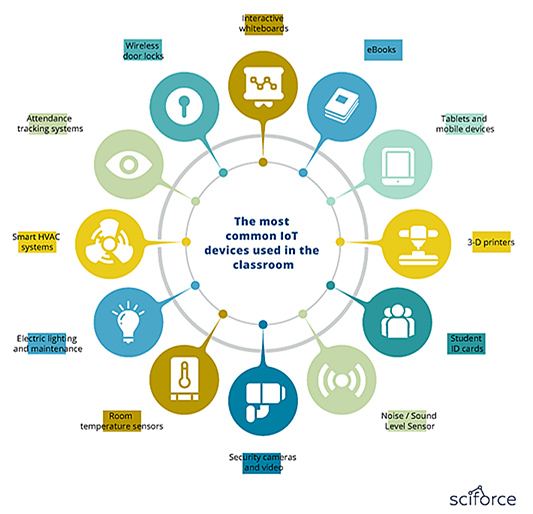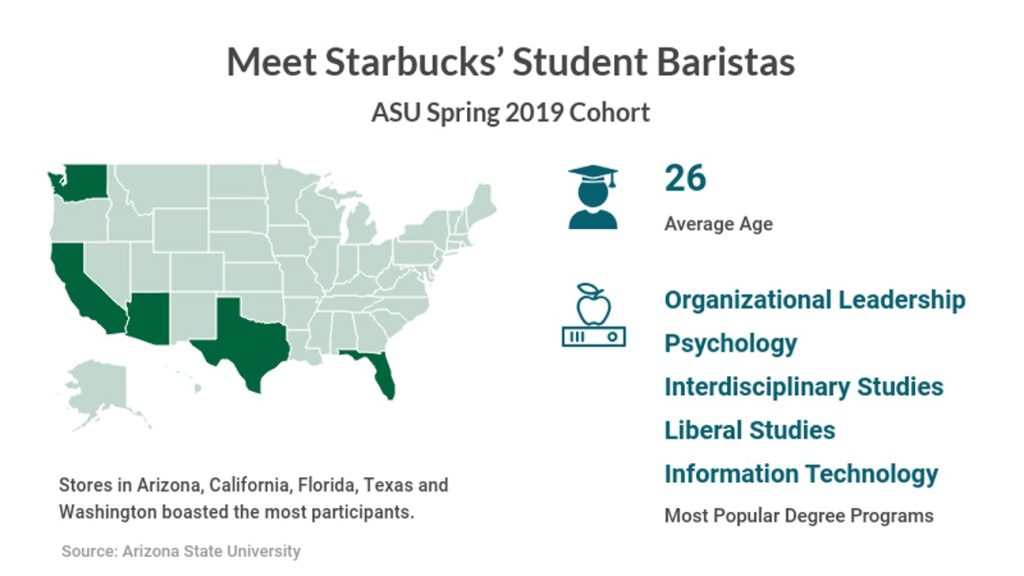Also see:
From DSC:
I wonder if this patent — or these types of technologies — might enable remote learners to select/control more of their preferred viewing angles?!
Apple Seeks Patent For AR/VR Video Recording With Multi-angle Playback — from uploadvr.com by Jeremy Horwitz
Excerpt (emphasis DSC):
If you’ve watched YouTube streams of conventional 2D videos — such as commentaries on games, TV shows, movies, or trailers — you know that the streams are visually flat: video of the content, sometimes with a person’s face superimposed in the corner for added discussion. But Apple appears set to change that paradigm for augmented and virtual reality streaming. A just-published patent application reveals that it’s been working on compositing multiple streams in a way that could let AR and VR viewers watch streamed content from their choice of angles.
A reckoning for 2U, and OPMs? — from insidehighered.com by Lindsay McKenzie
After online program management company 2U talked openly about its challenges, the company’s stock plummeted. Analysts say the company, and others like it, are down but not out.
Excerpt:
An hour before Chip Paucek, CEO and co-founder of 2U, held an investor call late Tuesday afternoon [on 7/30/19] , the online program management company’s stock was valued at $36.50. Over the next 24 hours, as investors responded to the news he delivered, its stock plunged to $12.80 — a decrease of almost 65 percent.
In that investor call, Paucek delivered a set of messages that wouldn’t have surprised many who watch the online education space closely. Online program management is a difficult business to be in. Online education is increasingly competitive, student acquisition and marketing costs are going up, and the regulatory landscape is becoming more complex.
…
Offering hybrid or fee-for-service options is something many OPM companies already do, but 2U has long been resistant to this change. It’s a significant shift in strategy, said Daniel Pianko, co-founder and managing director of University Ventures.
There has been long-running disagreement about whether fee for service or revenue sharing is the better option for institutions, said Pianko. “What’s really interesting is that 2U went from being the strongest proponent of the revenue share forever camp to effectively embracing the future of fee for service,” he said. “With the 2U move, we would expect a rapid move toward fee for service across the board.”
Also see:
- What the Big Edtech Mergers and Acquisitions of 2019 Signal for the Industry — from edsurge.com by Tony Wan
“How can technology be used at scale to address the massive re-skilling that’s going to be needed in the workforce going forward?”
— Kelly Fuller, a director at BMO Capital Markets who covers the ed tech sector

















